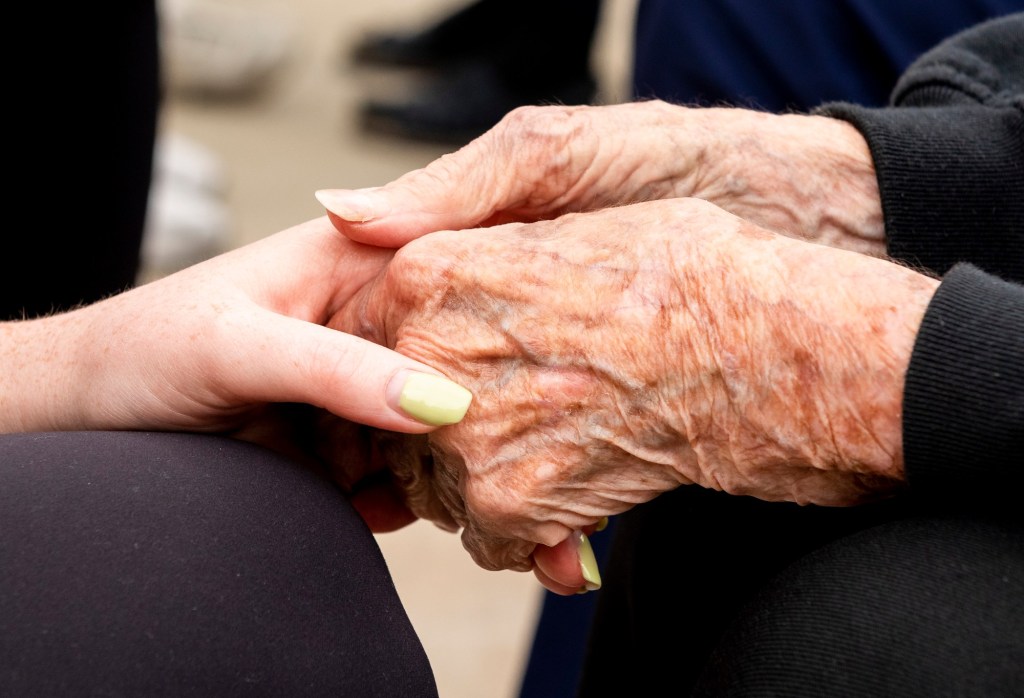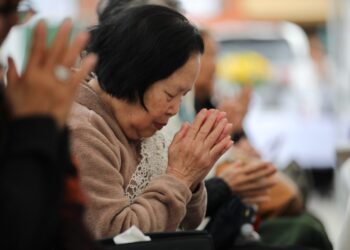By Dr. Mitchell Tsurudome,
Contributing Writer
Balance is what allows us to stay on our feet, walk, run and even dance.
Unfortunately, for many people, the balance system fails to function properly. Poor balance can lead to falls, difficulty walking — and a fear of being on our feet and moving. One in three people older than 65 years of age will suffer a fall and as many as 50% above 62 report a “fear of falling.”
A healthy balance system is a complex set of reflexes using signals from our eyes, body and inner ear. We use our vision to process our view of the environment, which helps us maintain a sense of balance and see where we are stepping. We use signals from our body, including sensors in our feet and legs, to maintain a sense of stability. We use sensors from our inner ear, called the vestibular system, to sense head movements and positions. These reflexes within the balance system must work together to keep us on our feet. If any of these reflexes or signals fail to function, we are at risk of falling.
Problems in the vestibular system occur in 50% to 80% of the elderly. These problems can include vertigo, which can cause a sensation of spinning, a feeling that you are swaying, lightheadedness, fogginess, nausea, unsteadiness and balance deficits. But there are various conditions related to the vestibular system.
Benign paroxysmal positional vertigo, or BPPV, is the most-common cause of vertigo. Individuals with BPPV often feel as if they are spinning. This sensation is commonly triggered by body or head movements, such as rolling in bed, bending down or looking up. Symptoms are sudden, can last a few seconds to a minute, and can range from mild in intensity to severe.
BPPV can often be characterized as “rocks in the head” or “crystals in the ear.”
This description is a tongue-in-cheek reference to small particles of calcium called otoconia in the inner ear that become dislodged from their respective position and migrate into…
Read the full article here







